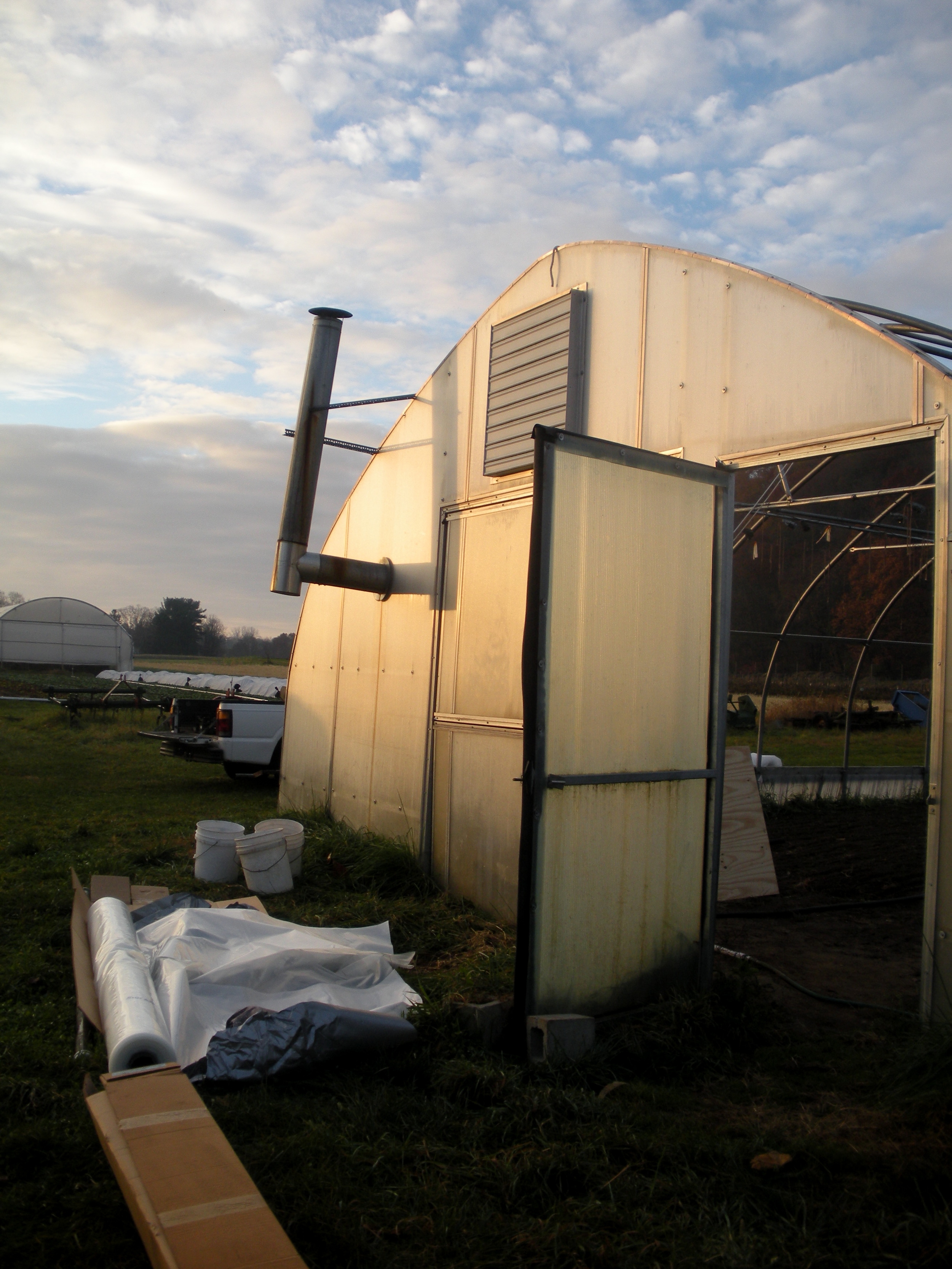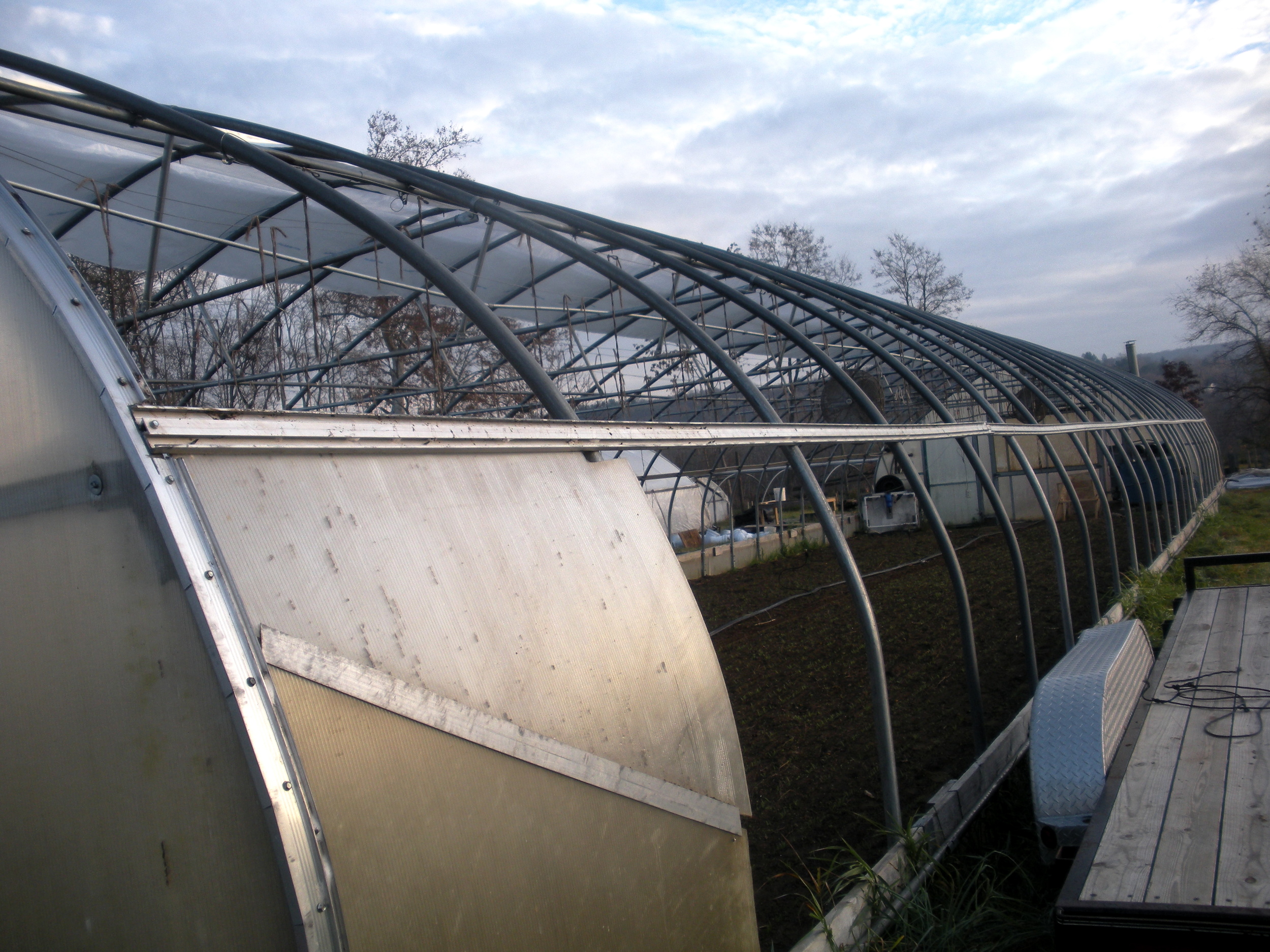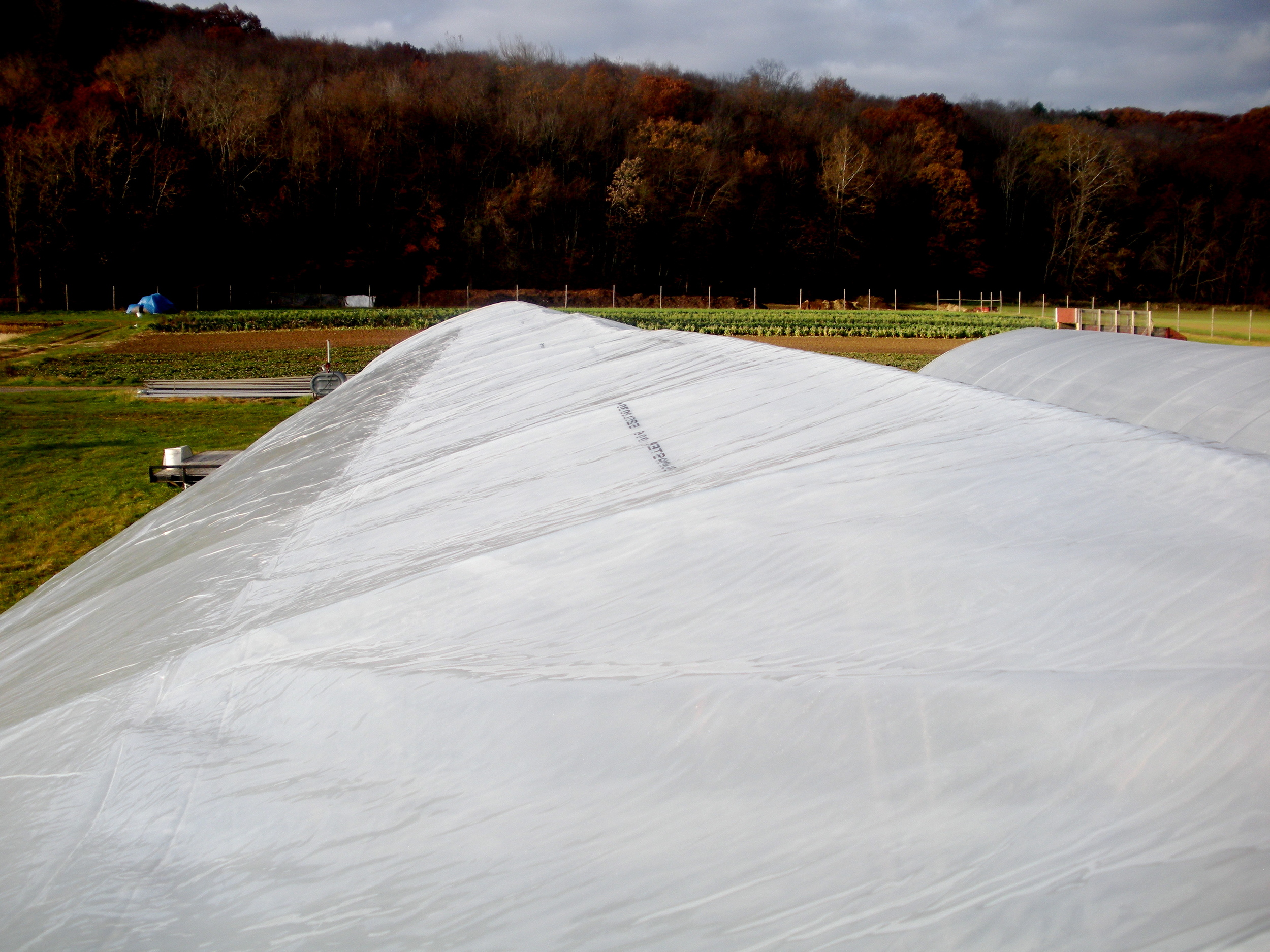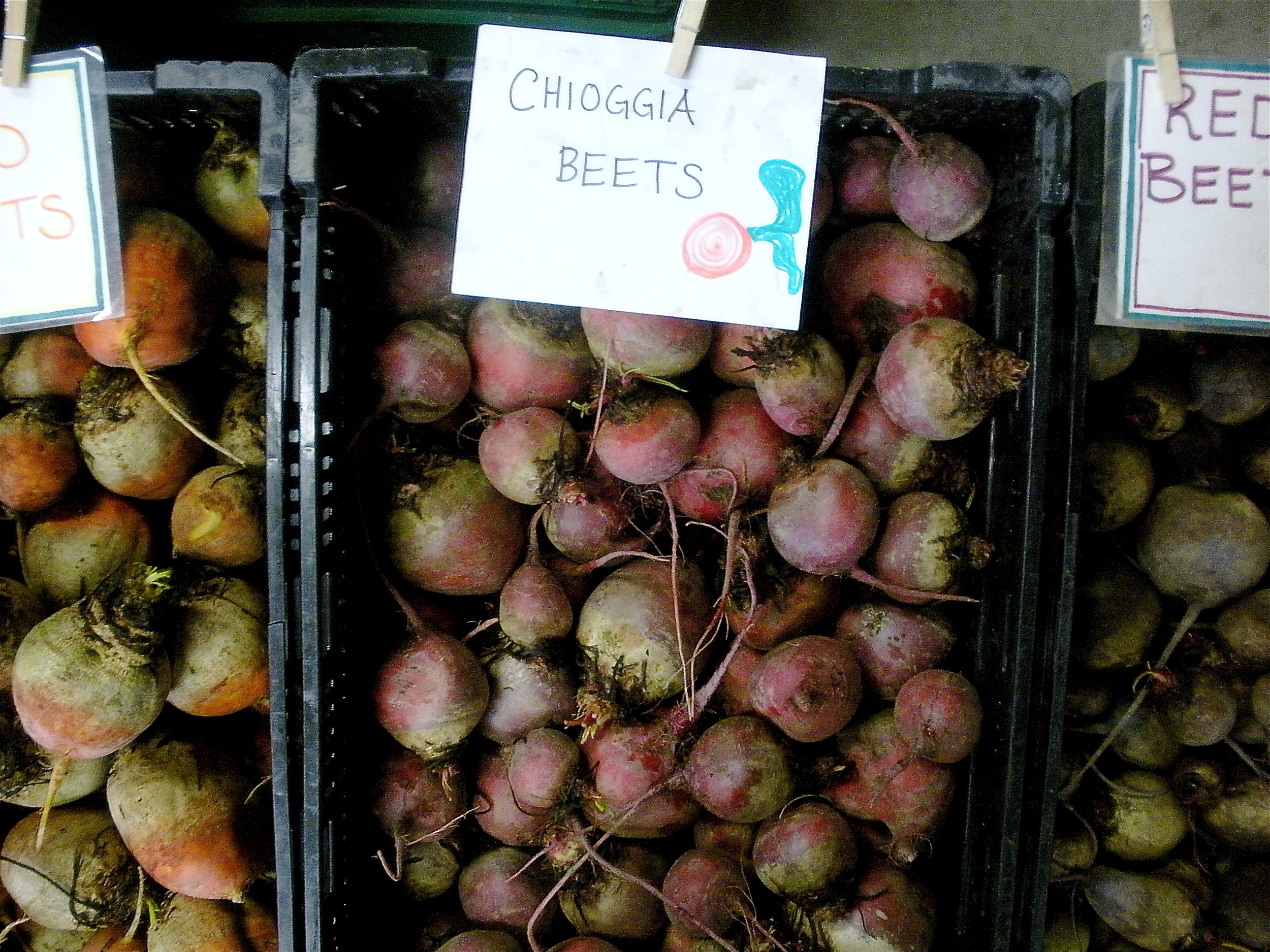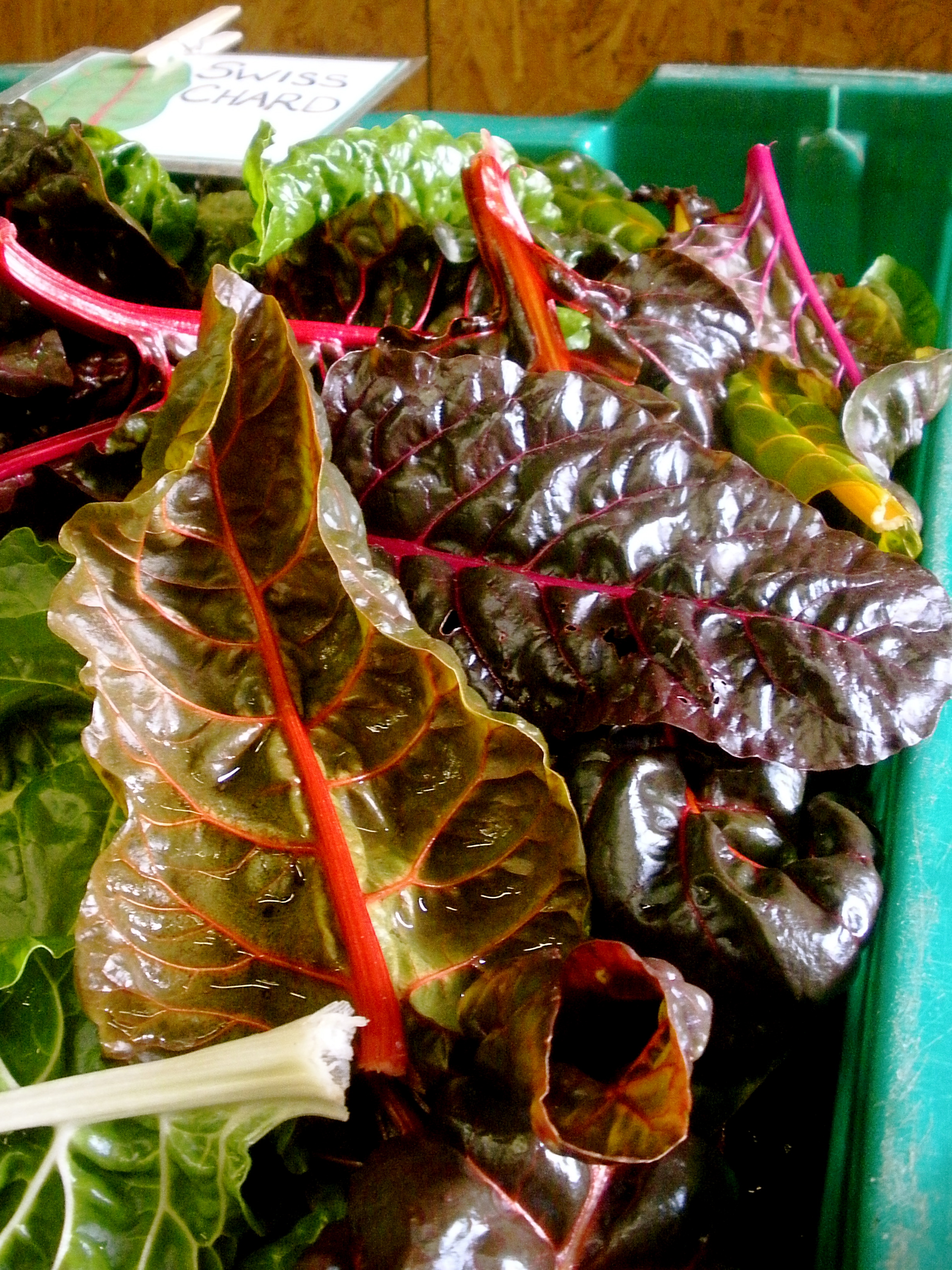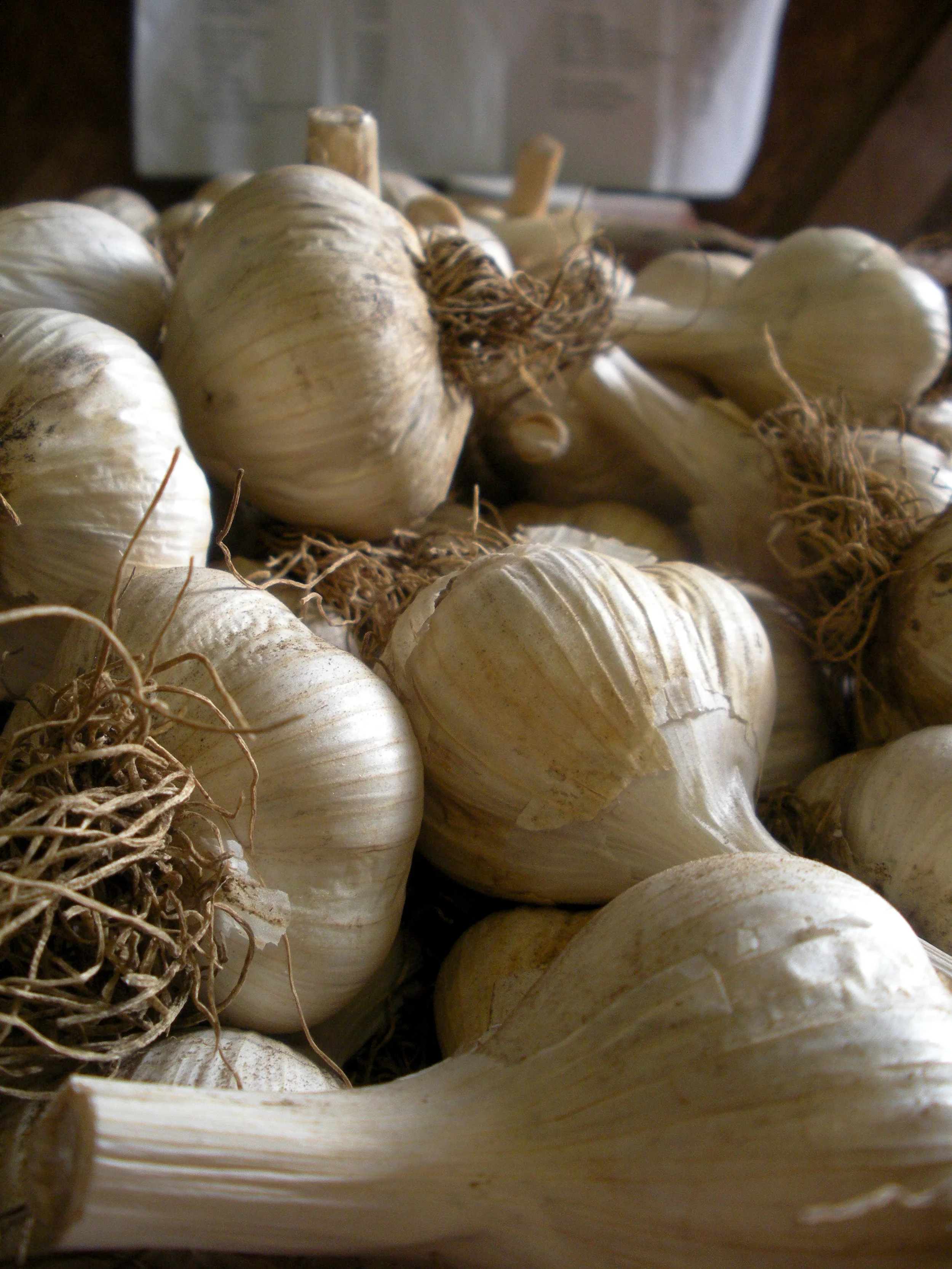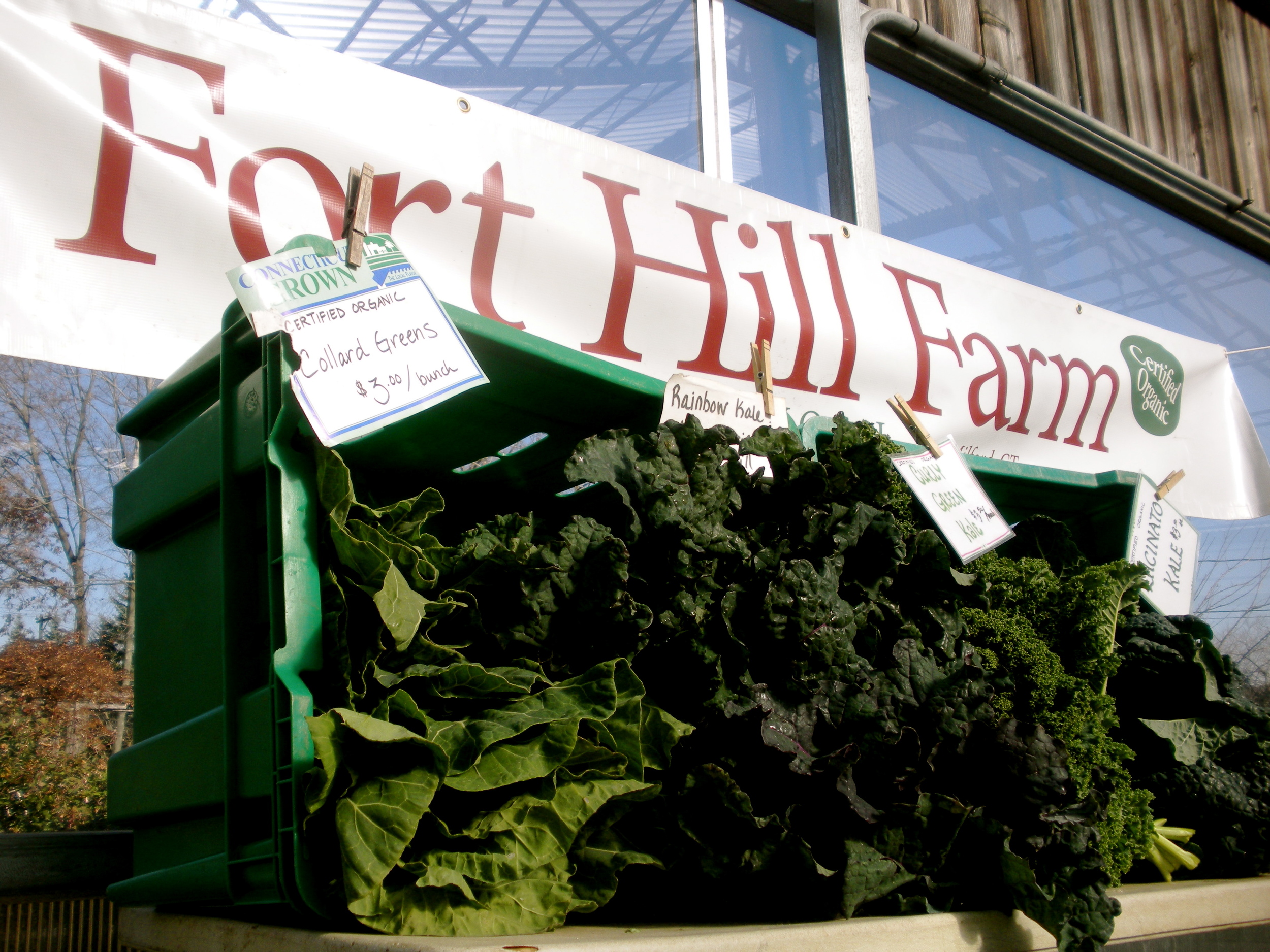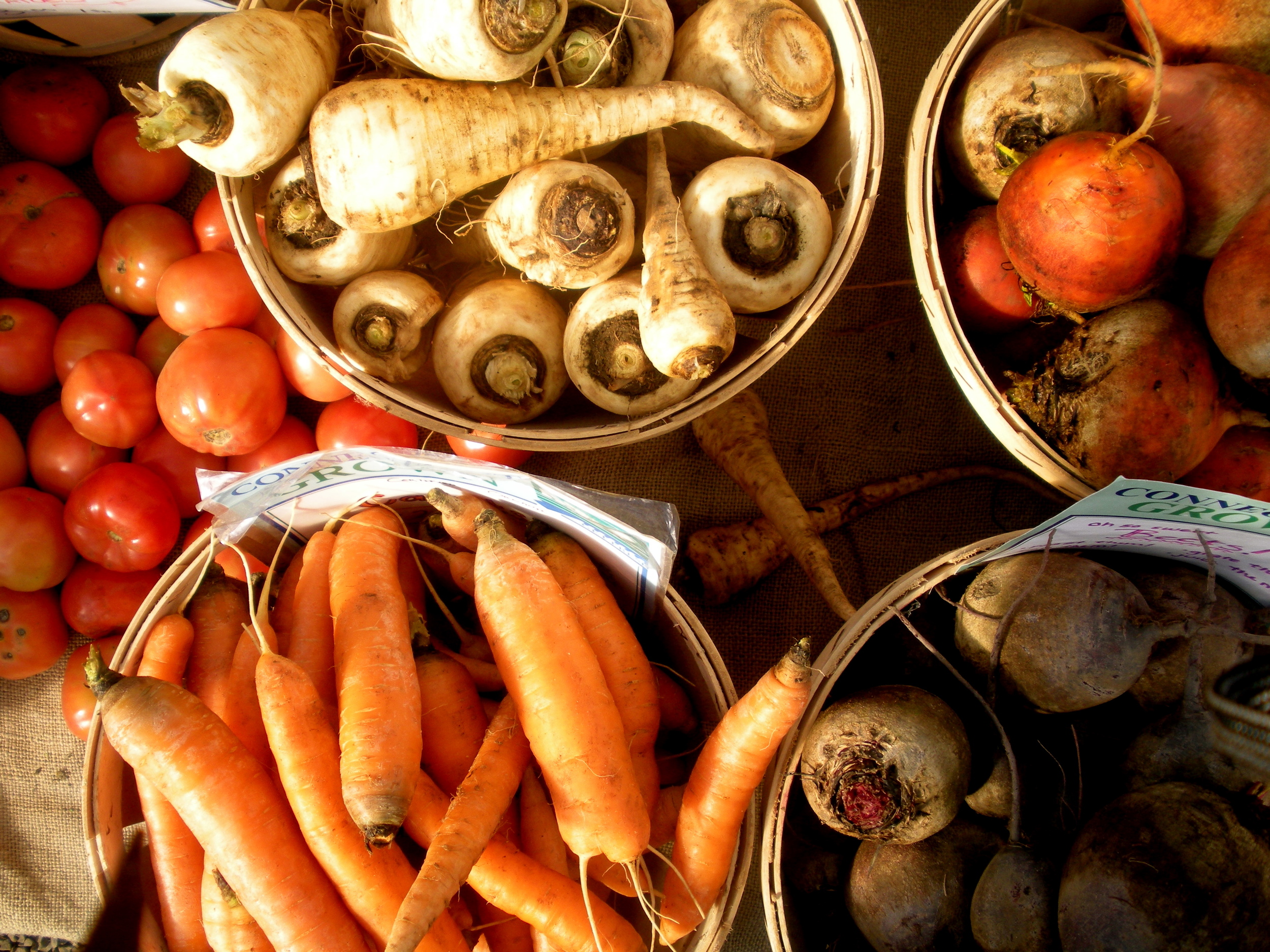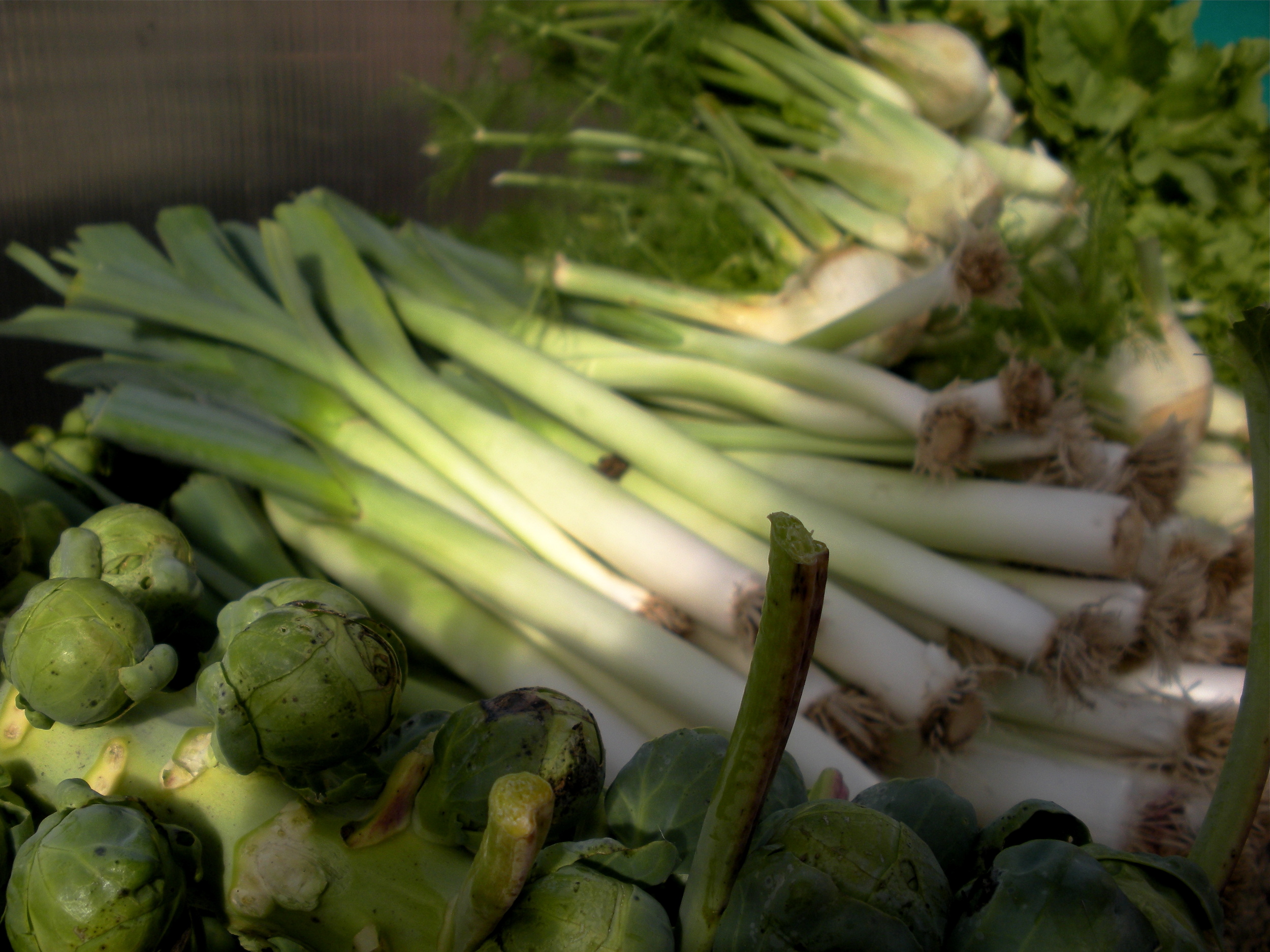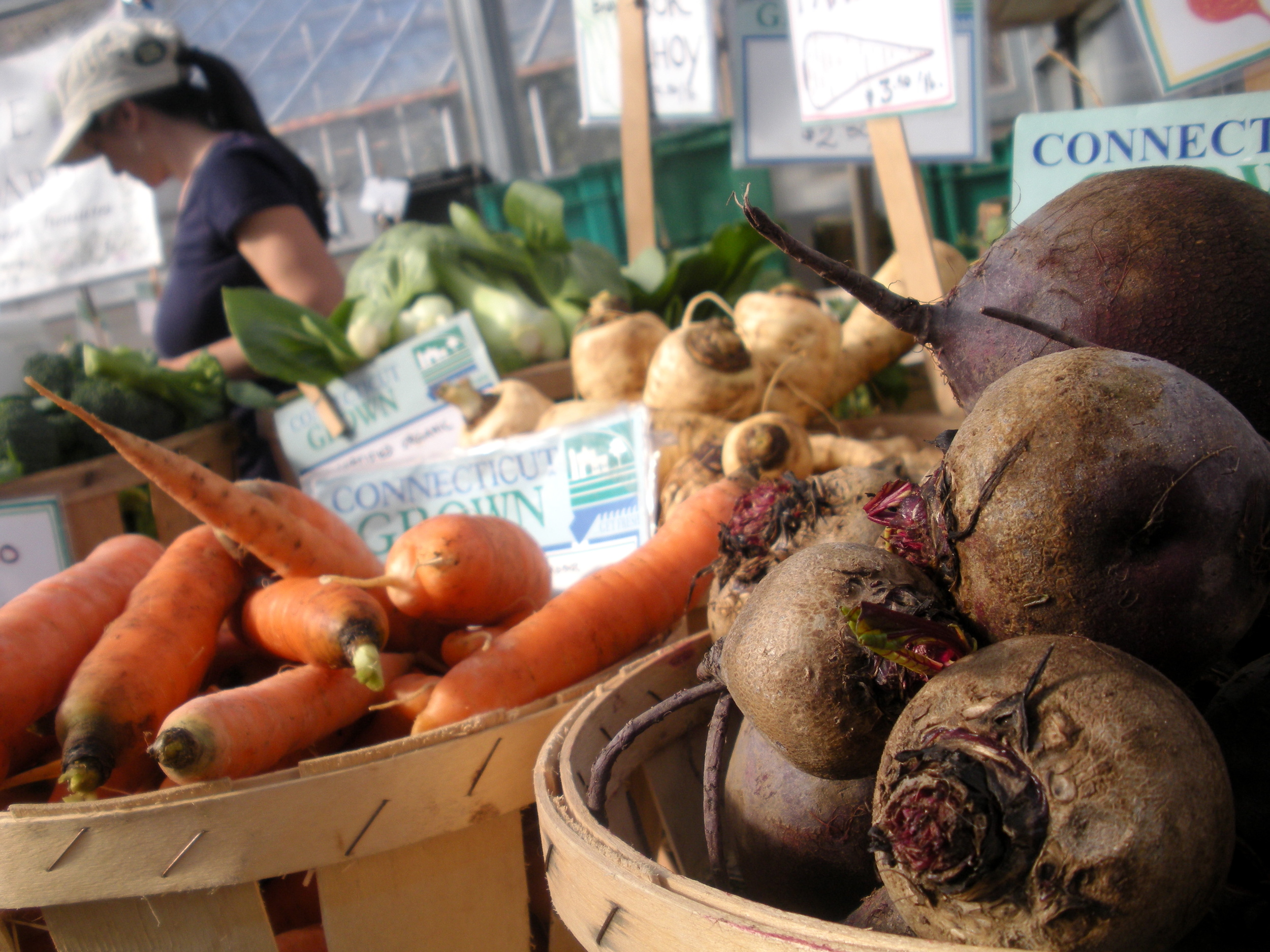This summer, one of the dishes that I made countless times for the volunteer groups was cauliflower rice...and, people liked it! I certainly didn't invent the recipe (as The Kitchn recipe proves), but I was first introduced to this sneaky trick by a farming friend who was on the Paleo diet and broccoli and cauliflower happened to be in season and in abundance. The gist of the recipe: you can use cauliflower as a substitute for rice, couscous or any other starchy grain with the help of a trusty food processor or blender. Brilliant, right?
My local grocery store randomly had a sale on romanesco - a beautiful type of broccoli (see cover photo), identical in taste to cauliflower and most other things in the brassica family. So, it was Romanesco Rice time. The recipe below is adapted from many other wise people before me, but this is what I do and it's a good primer. It's great for a quick meal, especially when topped with a poached or fried egg (my fave), crispy tempeh or any other protein of your choice:
Romanesco Rice
Ingredients
- 1 small head of romanesco, chopped into large cubes
- 2 carrots, chopped into large cubes
- 1 large onion, red or white, chopped into quarters
- 1 large clove of garlic, chopped in half
- 6 small mushrooms of your choice (baby bella, button, shittake, etc.)
- 2 tablespoon of coconut oil, or fat of your choice
- 1 pinch of salt
- 2 pinches of black pepper
- 1 tiny pinch of red pepper flakes
- 1-2 tsp of toasted sesame oil (optional and depending on your taste)
Pulse Romanesco and other vegetables until you see a fine, grainy texture like this.
- In a food processor, pulse onions and garlic until fine but not a paste.
- In a cast iron skillet, heat coconut oil over medium heat and add the onions and garlic.
- Return to food processor and pulse romanesco, carrots and mushrooms until the size of rice or a fine grain. Depending on the size of your food processor, you may want to do this in batches.
- Transfer the pulsed vegetables into the pan with the onions, add salt, black pepper, and red pepper flakes. Cook for 5-7 minutes, stirring occasionally, until vegetables are tender.
- Season to taste: add more salt, pepper, or I added a dash of toasted sesame oil. This is a very strong flavor, so only use a little.
There you have it: Romanesco Rice. Yum! Try with other brassicas and mix and match other vegetables and seasonings that you included in the dish. Now, go eat some vegetables.





